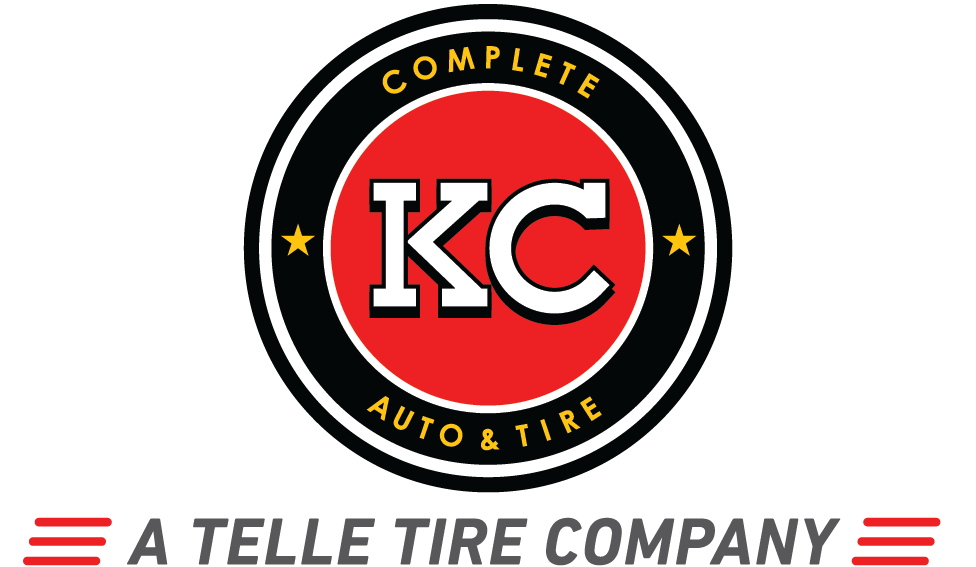Tire Pressure Checks
Driving on flat or low tires is dangerous, bad for the environment and harmful to your car. Tire pressure monitoring systems (TPMS) were designed to alert the driver if tire pressures dip below safe levels.
TPMS sensors are electronic sensors installed in recent car models that measure your tire pressure, either directly or indirectly. When your tires are low, a message will appear on the dashboard gauge or display.
The rise of TPMS systems has drastically reduced accidents and pollution. Because drivers are notified of the loss of pressure before it becomes a safety issue, there are fewer instances of tires blowing on the highway. And tire pressure monitoring system notifications give you a chance to fill your tires before your fuel economy is lessened, resulting in less pollution.
If your TPMS system isn’t functioning, your tires could become flat slowly and without your knowledge. This wastes money in gas and increases your chance of getting in an accident. It’s important to bring your car in at the first sign of problems with your TPMS sensors.
Understanding what Your Tire Pressure Check Light Means
There are two main types of tire pressure monitoring systems: direct and indirect. While they both serve the same function—alerting the driver when their tire pressure dips below safe levels—they differ in how they measure tire pressure.
- dTPMS systems: Real-time tire pressure measurements
Direct tire pressure monitoring systems provide the driver with real-time tire pressure When the pressure dips below the safe amount, you will receive a notification on your dashboard display. - iTPMS systems: Indirect measurement of tire pressure
Rather than measuring your tire pressure directly, indirect tire pressure monitoring systems monitor the rotational speeds of your tires, as well as other external signals of tire pressure.The information provided by iTPMS sensors are not exact measurements—they’re relative estimates of pressure. Since the measurements are relative, you must reset the system once you fix a pressure problem to ensure the sensor has a benchmark from which to monitor your tires.
What will happen when your TPMS sensors aren’t working
Low or flat tires can cause serious damage to your car. That’s why it’s so important to keep up with tire pressure monitoring system maintenance. Here are some of the problems you might experience if you neglect TPMS upkeep.
- Your tires will wear prematurely
When your tires are low, more of the tread touches the ground. The sidewalls of your tires can wear faster. And, because the air pressure isn’t correct, your wheels can become damaged as well.
- Your gas mileage will plummet
Your car has to work harder when your tires are low, which causes you to use more fuel. This is more than just detrimental to your pocketbook—it’s bad for the environment.
- Your risk of an accident will rise
Low tires can cause accidents. They decrease handling and tread grip and, in serious cases, they can fail completely. If your TPMS sensors are broken or malfunctioning, you need to make sure to manually and regularly check your tire pressures until you bring your car to us for a repair.
The Telle Difference
If it’s time for a tire pressure monitoring system repair, bring your car to Telle Tire & Auto Centers. Since 1942, St. Louis car owners have trusted us to provide the highest level of service and customer care.
And, while people might come to us for the great value we provide, they come back we treat them like family and provide high-quality service. Why do we go the extra mile? Because we don’t want you to worry about your car. After all, that’s our job.

